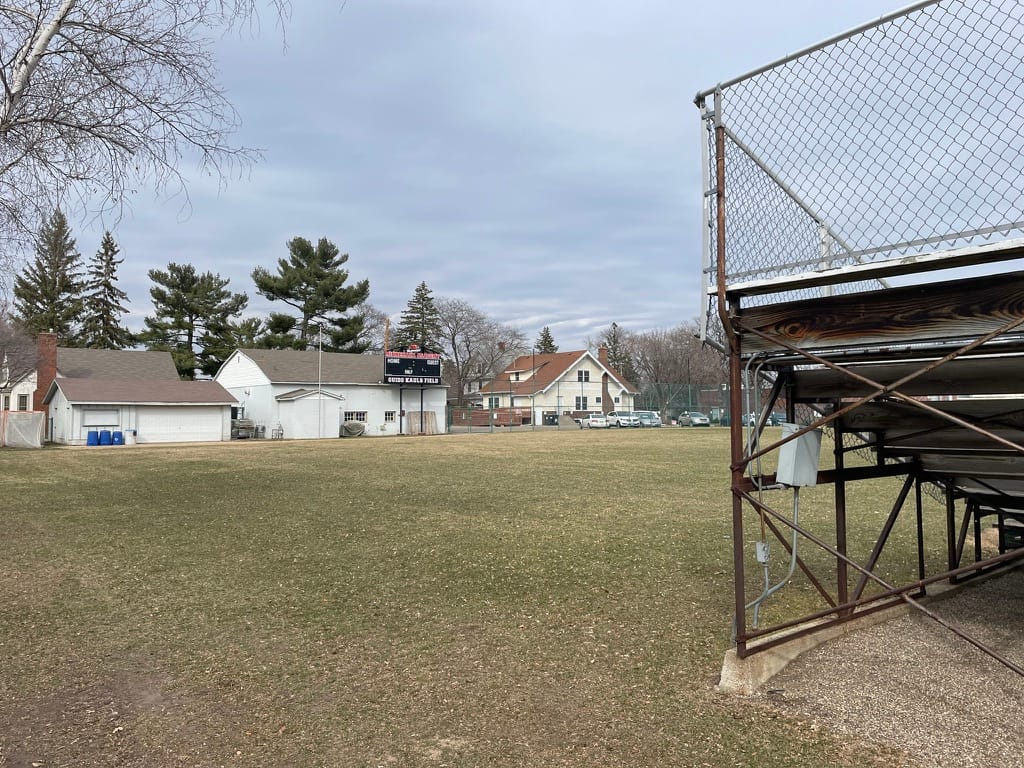⚽️ Fight continues over Minnehaha Academy soccer field upgrades
The school is asking the city for the variances it needs for its soccer field overhaul. A group of neighbors has stepped up pressure to reject or modify the plans.

Subscribe to Longfellow Whatever.
Subscribe to Longfellow Whatever for news about the fine-grained details of life in Longfellow. (Frequently asked questions)
SubscribeAlready have an account? Log in


